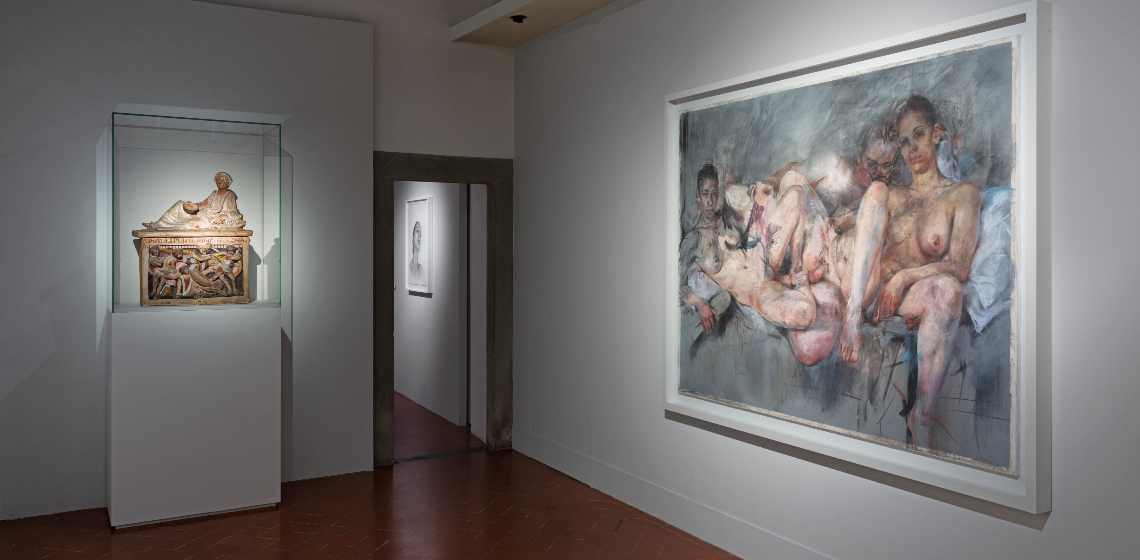
Jenny Saville at Museo Novecento
Multi-sited display of works by the renowned British artist.
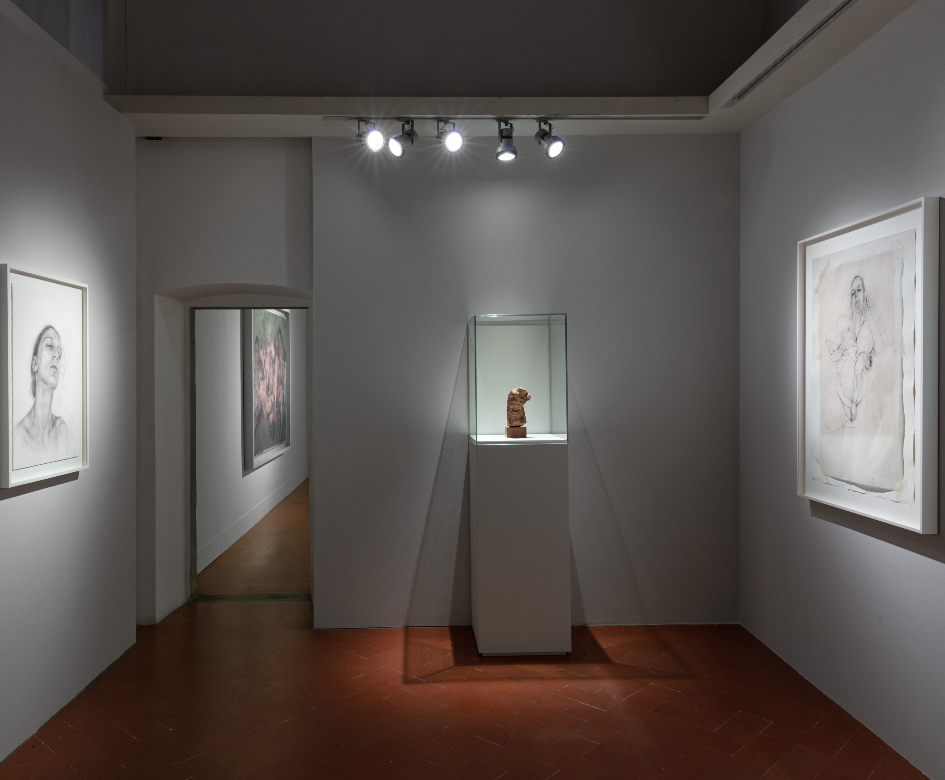
The artist was born in Cambridge in 1970, and her paintings and drawings from the 1990s through to today make up the display. Her research is focused on the body, on flesh, and particularly on female subjects that are seen to be grappling with existence.
The exhibition also expands beyond the boundaries of the Museo Novecento with works also on display at the Museo di Palazzo Vecchio, Museo dell’Opera del Duomo, Museo degli Innocenti, and Museo di Casa Buonarroti. These works are excitingly juxtaposed alongside masterpieces like those of Michelangelo, creating a unique dialogue between the Renaissance and her works which are figurative yet abstract. Accompanying the show is a busy calendar of events that includes guided tours, painting workshops, drawing courses, and ‘thought meetings’ around the exhibition that’s promoted by the Municipality of Florence, organized by MUS.E and supported by Gargosian.
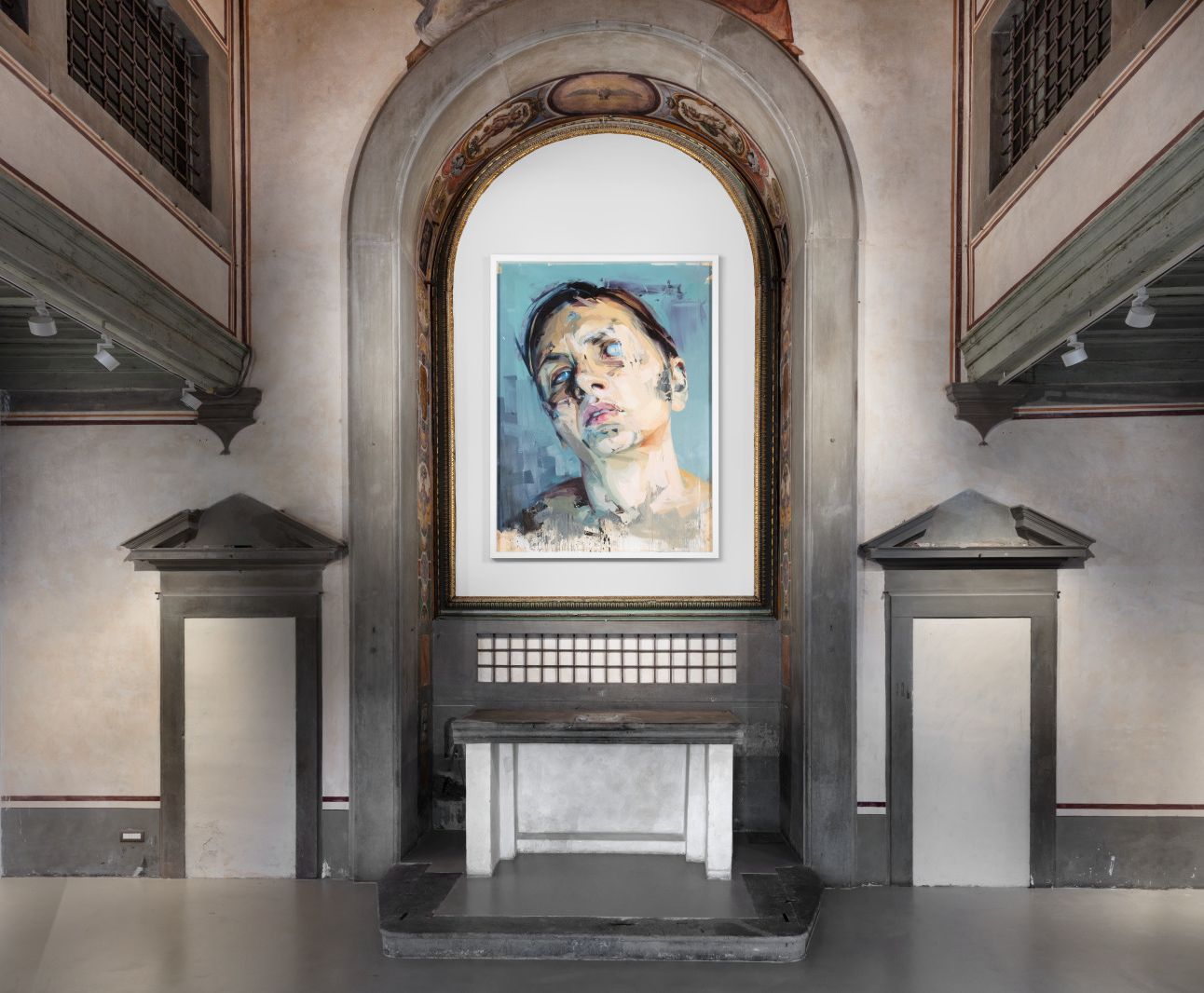
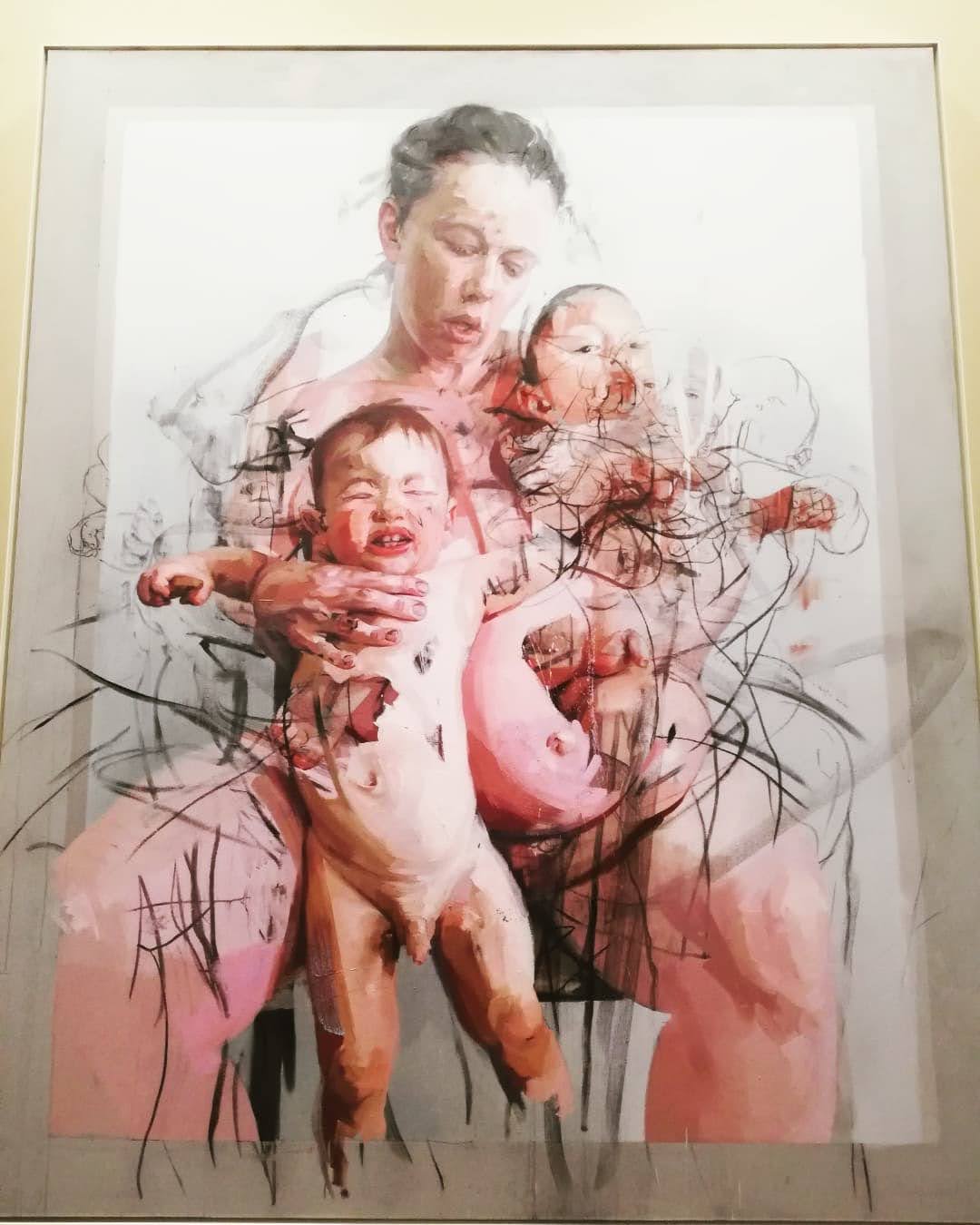
The museum has also recently launched another “travelling” initiative, with its Outdoor project that plans to present 20th century paintings and sculptures in schools, hospitals, prisons, care facilities, and libraries from November through to May 2022 in a move to spread passion and awareness for 20th century art to a wider audience.
Photo credits: http://www.museonovecento.it/





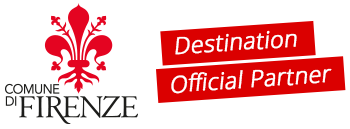
 All the services are provided by local merchants
All the services are provided by local merchants By using this site you support Florence
By using this site you support Florence We offer products with high-quality standards
We offer products with high-quality standards You stay sustainable
You stay sustainable It's a 100% trustworthy website
It's a 100% trustworthy website